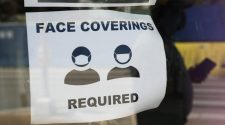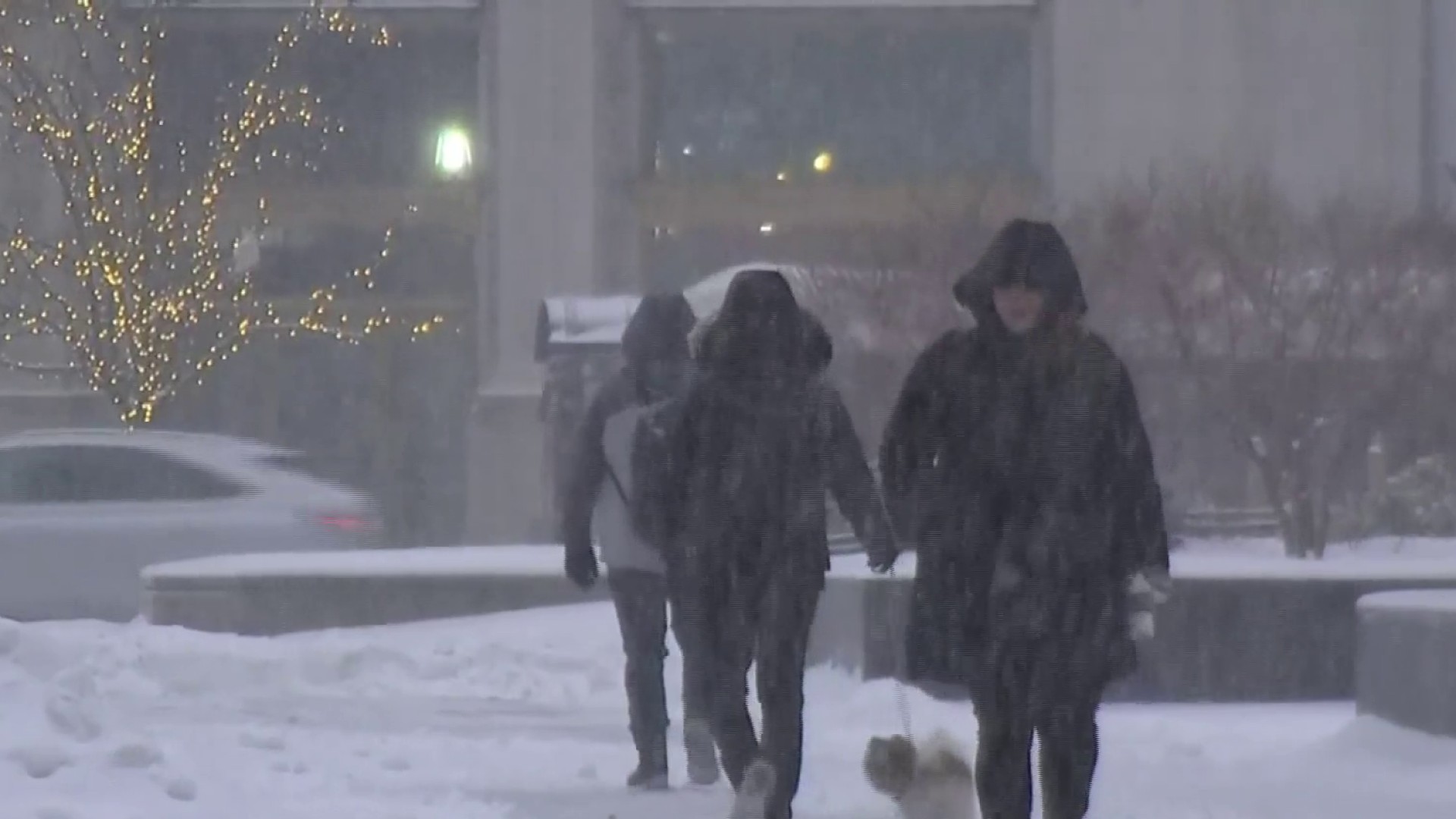Bundling up with multiple layers in November may sound a little silly, but Carilion Clinic says it does make a difference.
Once the snow and cold weather hit, the number one weather-related emergency the hospital sees is injuries from slips and falls, followed by hypothermia and then frostbite.
That’s why it’s important to dress for success.
“Base layer should be a warm layer that wicks moisture, keeps you dry. Middle layer should be a loose layer that holds in the body heat. If possible, snug by the wrist from keeping heat escaping and an outer layer should be water-resistant,” said trauma outreach coordinator for Carilion, Arwen Quinn, BSN.
Quinn even recommends wearing layers of socks to keep your toes warm and having water-resistant shoes or boots.
The cold weather is a little more dangerous for seniors and babies less than a year old.
Seniors have a slower metabolism, while babies don’t have enough body fat to keep themselves warm.
It doesn’t matter what age you are, the key is to make sure you’re bundled up. Once your body temperature drops to 95 degrees or less, it’s considered an emergency.
“The first symptoms of hypothermia are uncontrolled shivering followed by a feeling of tiredness, exhaustion, confusion, stumbling over the words,” said Quinn. “Frostbite, you’ll see the areas will become waxy, pale and very, very cold and numb to the touch,” she adds.
A few other tips:
- Protect your face with a scarf or mask
- Mittens keep your hands a little warmer than gloves
- People with heart conditions or other health problems should contact their doctor about their limits when it comes to their time outside in the cold weather and when they shovel snow.
For more tips click here.

















